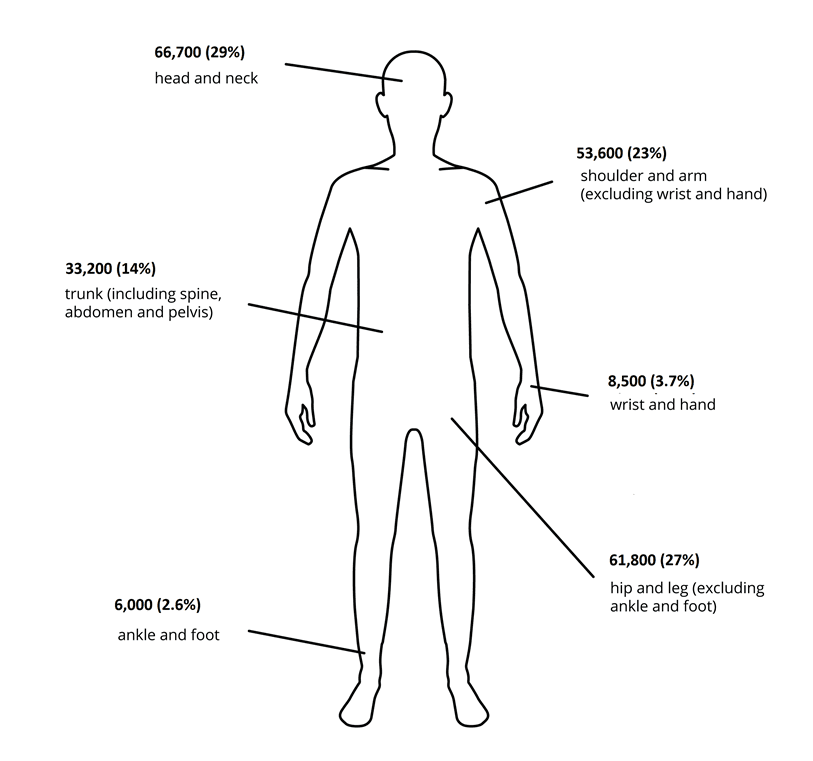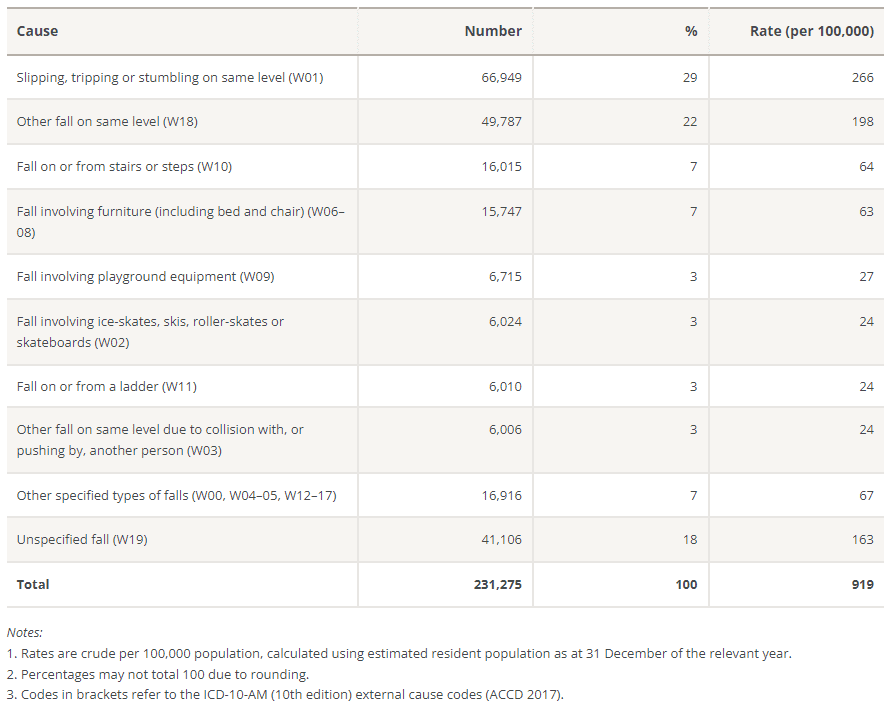Fall Risk Assessment

Fall Risk Assessment at Atkins Health
Here at Atkins Health, our Fall Risk Assessment model is based on the Berg Balance Scale (BBS), which is generally considered to be among the best in the business.
As suggested by the name, a fall is an unintentional collapsing to the ground due to loss of balance or any other unintentional reason. Balance is a complex system that we often take for granted. We are able to stay “balanced” due to the communication between three intricate systems:
- Vision
- Inner Ears
- Muscle “reflex”
It is the constant communication from our eyes telling us where we are in space relevant to our surroundings, our inner ears (semi-circular canals) telling us our orientation (right way up, upside down, rotating, leaning) and our muscle spindle fibres telling us how stretched or contracted our muscle fibres are in relation to one another, explaining where and how our body is situated. With any loss of function in any of these areas we begin to see a reduction in balance.
With age we tend to become less active when compared to our younger selves and our balance systems become less reliable, and if you have a condition like osteoporosis or osteopenia, you are more susceptible to lose balance and fall. The highest frequency of falls happens at home, with the kitchen and bathroom being of greatest risk.
The top six impacted body regions injured by falls are the head and neck, followed by hip and leg, then shoulder and arm, trunk, ankle and foot, and wrist and hand.

Causes of Falls
Falls are a major health concern in Australia, being the cause of 43% of hospitalised injuries in 2018-2019, over half of which involved a fracture, plus 39% of injury deaths, according to the Australian Institute of Health and Welfare. A fall can happen to anyone anywhere, but a fall that requires hospitalisation is more prevalent in the aged population, and more likely to occur at home than anywhere else.
Falls resulted in 231,000 hospitalisations, which equated to 920 for every 100,000 people, and were the cause of 5,300 fatalities, or over 21 per 100,000 people. The volume of falls increases at a rate of approximately 2% each year. Over 50% of falls resulting in hospitalisation occurred on a single-level surface (for example, by slipping or due to a collision), while just 7% of falls involved steps or stairs.
Most Common Causes of Fall Injury Hospitalisations, 2018–19

Source: AIHW National Hospital Morbidity Database.
Fall Prevention Strategies
Fall prevention strategies cover two areas: improving our internal systems (or strengthening yourself) and improving our environment to reduce the chance of falls.
Causes of falls are frequently multi-factorial and osteoporosis and osteopenia increase the chances of fall injury. Therefore, a multi-disciplinary approach to intervention and management is required. Here are some recommendations:
- A thorough fall risk assessment and review before starting to build a management plan
- Education and awareness of your day-to-day environment and how to manage with the idea of fall prevention
- Tailored exercise programs with an Exercise Physiologist, especially focused on strength testing and building long term body strength
- Osteoporosis management plan
Learn how to reduce risk factors of Osteoporosis including participating in our group osteoporosis classes called Bone Society.
Want to know more? Speak with our specialist fall risk assessment team experienced in bone health and book in an initial consultation to jump start the development of your falls prevention strategies today!


